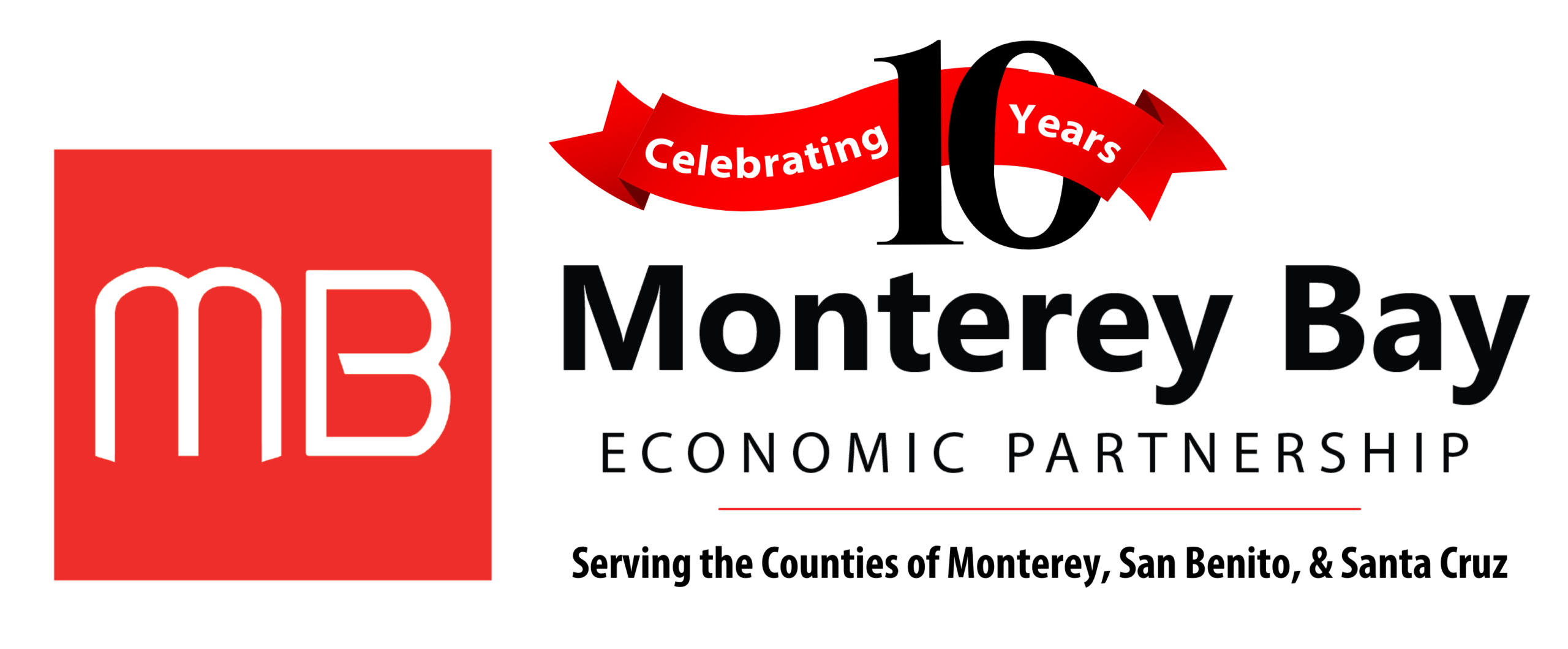(March 20, 2025 — Marina, CA) Join local leaders, elected officials, internet service providers (ISP), and community members on May 19 for Monterey Bay Economic Partnership’s highly anticipated Regional Broadband Summit at the Seascape Golf Club in Aptos. With a focus on collaboration and innovation, this summit promises to be a vital platform for shaping the future of connectivity in the Monterey Bay region.
The summit will facilitate a dynamic discussion amongst stakeholders, exploring the advantages and limitations of the diverse broadband technologies available. As a highly regarded liaison between ISPs and local and state officials, Monterey Bay Economic Partnership has led the regional Digital Opportunity mission for many years and continues to play a crucial role in ensuring that funding reaches cities and ISPs in Monterey, San Benito, and Santa Cruz counties.
Our upcoming Broadband Summit, “Connecting Communities: Building a Digital Future for All,” will be an engaging opportunity to be part of a collective effort to revolutionize broadband accessibility and utilization,” said MBEP President & CEO Tahra Goraya. “We encourage our community to get involved and partner with us to help close the digital divide and create a more connected Monterey Bay region.”
Speakers and agenda will be announced soon. Register now to reserve your seat.
What: 2025 Broadband Summit
When: 9 a.m.-3 p.m. Monday, May 19
Where: Seascape Golf Club, 610 Clubhouse Drive, Aptos
Registration: https://www.eventbrite.com/e/2025-broadband-summit-registration-1279799036369
About Monterey Bay Economic Partnership (MBEP):
Monterey Bay Economic Partnership (MBEP) is a regional member-supported nonprofit organization consisting of public, private, and civic entities located throughout the counties of Monterey, San Benito, and Santa Cruz. Founded in 2015, our mission is to improve the economic health and quality of life in the region.

